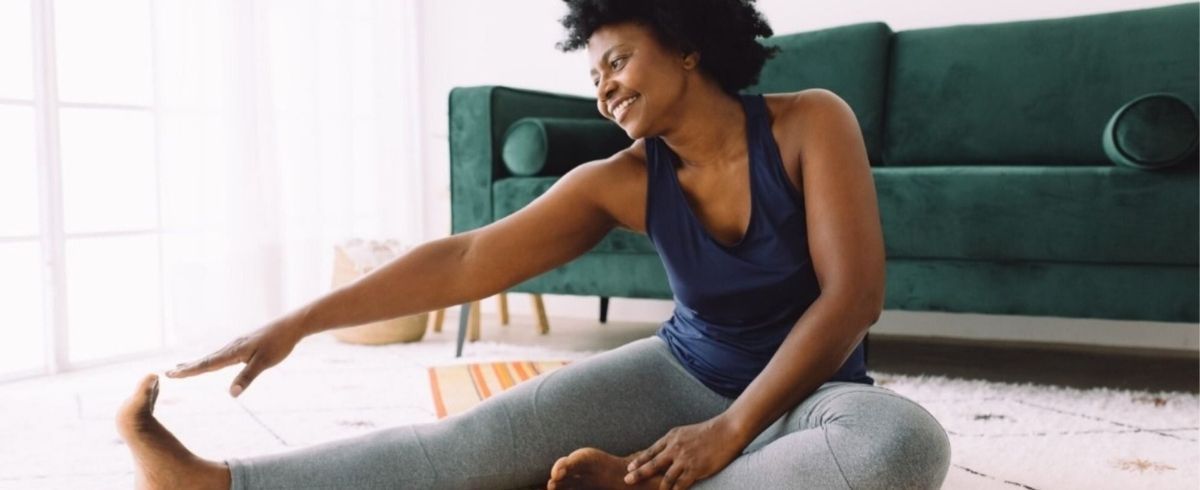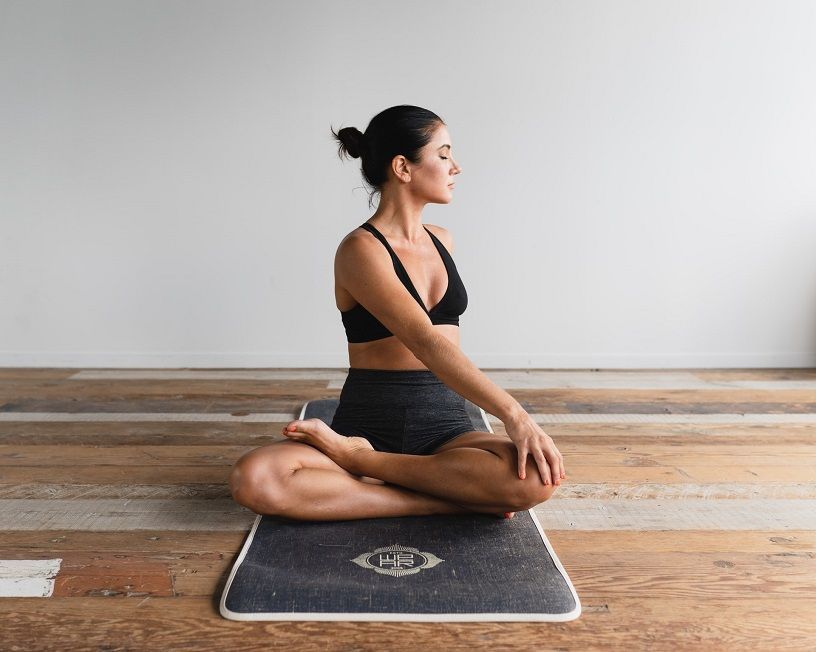

When you think of stretching, you likely imagine it as an independent activity with a person bending down to touch their toes or pull their arm over their head. While that’s certainly an effective way to extend your muscles and improve flexibility, assisted stretching has been gaining traction as a way to not only increase range of motion, but also alleviate chronic aches and pains. So, what is it? According to a report by CNN, assisted stretching involves a trained practitioner who stretches your body for you, typically at a dedicated facility. The professionals follow a stretching program tailored to each individual and their personal goals.
More about assistive stretching
The practice has grown in popularity during the pandemic as more people search for ways to improve their overall health. According to CNN, the assisted stretching company StretchLab had 72 locations before the pandemic and are now operating with more than 150 studios across the United States, with over 600 franchises in development. The company’s customers range in age from four to 90-plus, all coming in with different goals in mind whether they’re sedentary, professional athletes, or need care for movement disorders and neuromuscular disease. “People are starting to see stretching as that modality that fits into health and wellness, similar to physical therapy or chiropractic care,” Verdine Baker, StretchLab’s president told CNN.

Professionals in the field say there are several benefits to assisted stretching, including increasing flexibility, blood circulation, and range of motion. It can also help decrease pain and stiffness, improve core strength and posture, lower your risk of injury, and even lower your stress levels. Despite these benefits, there is still some confusion on whether or not assisted stretching is better than stretching on your own. Jeff Brannigan, cofounder and program director at Stretch*d, an assisted stretching business based in New York City, told CNN, “People tend to not stretch, or they stretch the wrong way,” he said. “They tend to hold positions too long or force themselves into positions they’re not prepared for, which can have adverse effects on the body.”
There have been several studies that have compared the benefits of assisted stretching to unassisted stretching. A pilot study on the impact of assisted stretching programs in older adults found that it helped increase their range of motion, mobility, and functional power, but those results are compared to a control group that attended classes with little physical activity rather than independent stretching. Another study conducted by researchers at Illinois State University observed the benefits of a specific stretching technique and found it improved hamstring flexibility whether it was performed assisted or independently.
Although the jury is still out on how much better-assisted stretching is for you than unassisted, Baker told CNN he thinks it’s here to stay adding that it helped him get back on his feet after four knee surgeries. He also noted that his customers rave about the benefits of assisted stretching. “They’re telling us how it’s helping them with their mobility, flexibility and range of motion, which then allows them to do the things that make them happy, like going hiking or golfing,” he told CNN. “If something helps people to do the things they love to do, it’s an easy decision.”
This story first appeared on www.marthastewart.com
© 2021 Meredith Corporation. All rights reserved. Licensed from MarthaStewart.com and published with permission of Meredith Corporation. Reproduction in any manner in any language in whole or in part without prior written permission is prohibited.
This story first appeared on PrestigeOnline Malaysia
The post All about assisted stretching: How it helps chronic aches and pains appeared first on Prestige Online – Singapore.

